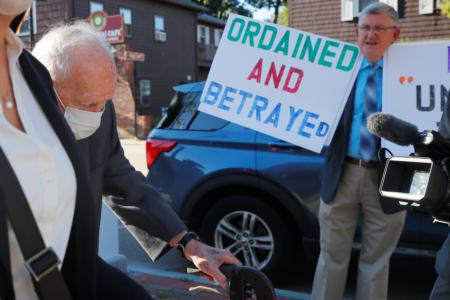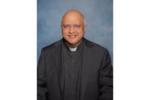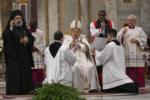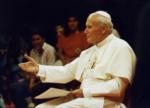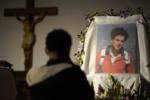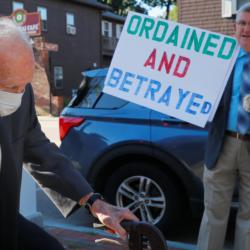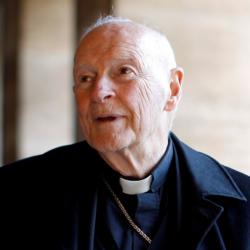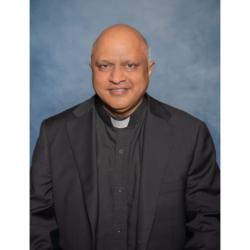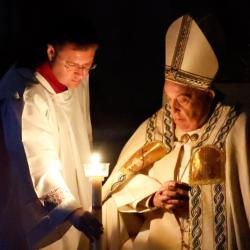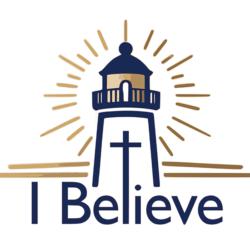Help us make The Pilot's archives accessible
The first issue of The Pilot was published on Sept. 5, 1829, as The Jesuit, or Catholic Sentinel. Over the next 30 years, it would go through several name changes, including the Literary and Catholic Sentinel, United States Catholic Intelligencer, and The Boston Pilot before settling on The Pilot in 1858.
Founded by Bishop Benedict Fenwick, it was intended to share truths of the Catholic faith and balance many Protestant-leaning publications. He also hoped it would be profitable enough to fund an orphanage for girls. The newspaper was unable to achieve financial stability. So, in 1834, it was sold to Henry Devereux and Patrick Donohoe, the latter of whom would remain editor until his death in 1901. By the mid-1860s, the once fledgling newspaper neared 100,000 subscribers and, presumably, many times that number of readers.
By 1908, lacking Donohoe's leadership and with Irish immigration, and therefore subscribers, on the decline, the newspaper found its very existence at risk. Fortunately, Cardinal William O'Connell was seeking an outlet that would be the official voice of the archdiocese and by which he could promote the archdiocese's centennial celebrations and purchased the publication on Sept. 14, 1908.
In its various iterations, The Pilot remains the longest continually published Catholic newspaper in the United States and, because it has been in print since the Archdiocese of Boston was only 20 years old, provides the Catholic perspective on local, national, and international events for much of its history.
The content of The Pilot had great variety over the course of time, and other valuable features included news from Ireland, especially as it related to independence from England; pieces on local customs and institutions to help newly arrived immigrants acclimatize to their new surroundings; a column to help family and friends who immigrated separately find each other; and advocacy for various social issues, such as temperance and labor reform.
While The Pilot's importance both today and in a historical context cannot be overstated, for the past several years, access to back issues has been very limited for both archive and The Pilot staff. Furthermore, we have not been able to offer access to the public. The archdiocesan archive holds a complete set of back issues on microfilm but has no microfilm reader and, in an attempt to rectify this situation, we have decided to work with a vendor to digitize the microfilm, creating PDF copies of each issue and rendering the content searchable.
We have already selected a vendor, and we are aiming to raise $8,000 to digitize issues of The Pilot spanning 1900 to 2000, after which time electronic copies already exist. A digital copy of the back issues will provide access to the archive and Pilot staff not only for their own use but for public use as well. At this moment, we are still assessing the feasibility of an online database, but for the moment will be able to offer the digitized issues in the archdiocese's research library or remotely by submitting a request to archive staff.
If we can raise part of our goal, then we will be able to digitize some of the issues within the 100-year span and, if we raise more, will add additional years to the project.
We are calling upon you, loyal and valued readers of The Pilot, to help us with this project. A small contribution will make a significant impact towards reaching our total goal of $8,000 and help make this priceless trove of information more widely available and exponentially more accessible through its search feature.
Donations can be made by visiting TheBostonPilot.com/archiveproject or scanning the QR code printed with this article.
- Father Thomas Ryan, CSP, directs the Paulist North American Office for Ecumenical and Interfaith Relations in Boston.
